TeleSHift
Telexisting shape-shifting 3D tangible user interface for physical collaboration and interaction

TeleSHift is shape-transforming device that can be physically joined to form almost any object. It also has a Telexisting communication framework that enable people to collaborate on 3D shapes remotely and simoutaneously, and allows two separated objects formed by TeleSHift in different physical spaces to sense co-presence via interaction. With the Tangile User Interface (TUI) presented by TeleSHift, 3D concepts can be presented and edited on true 3D interface.
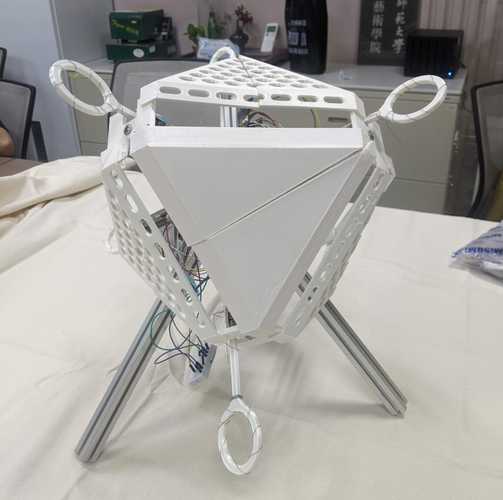
In order to showcase the TUI concept, we developed this larger-scale prototype. Each prototype has six arms made of motorized potentiometer which has the functionalities of detecting its position and moving to a spcified position, enabling the shape-transforming capability of TeleSHift. Each TeleSHift prototype use a single ESP32 as its MCU, allowing network-connection and the Telexisting communication framework.
Three modes of Telexisting communication
In this interactive widget, try move the sliders on both TeleSHifts in all three modes.
Each arm of slave TeleSHift is programmed to follow the position of master TeleSHift, but not vice versa.
Use case: Dimensional teaching.
Each arm of both TeleSHifts is synced with the respective arm on the other TeleSHift.
Use case: 3D structure co-editing for remote prototyping collaboration.
TeleSHift can be commanded to restore a pre-defined shape in its memory.
Use case: As a prototyping material to reduce material waste.
How I built TeleSHift
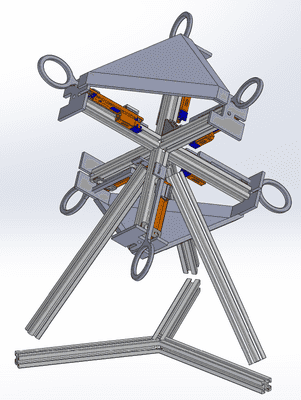
Design considerations
Hover on the images to learn more.
An extensive and detailed design was done in SolidWorks, including analysis of mechanical interference. A wide range of custom-designed components was used to ensure its structural stability and to achieve this unique hexahedron shape. Despite this prototype is just a proof-of-concept, there are lots of consideration in its appearance.

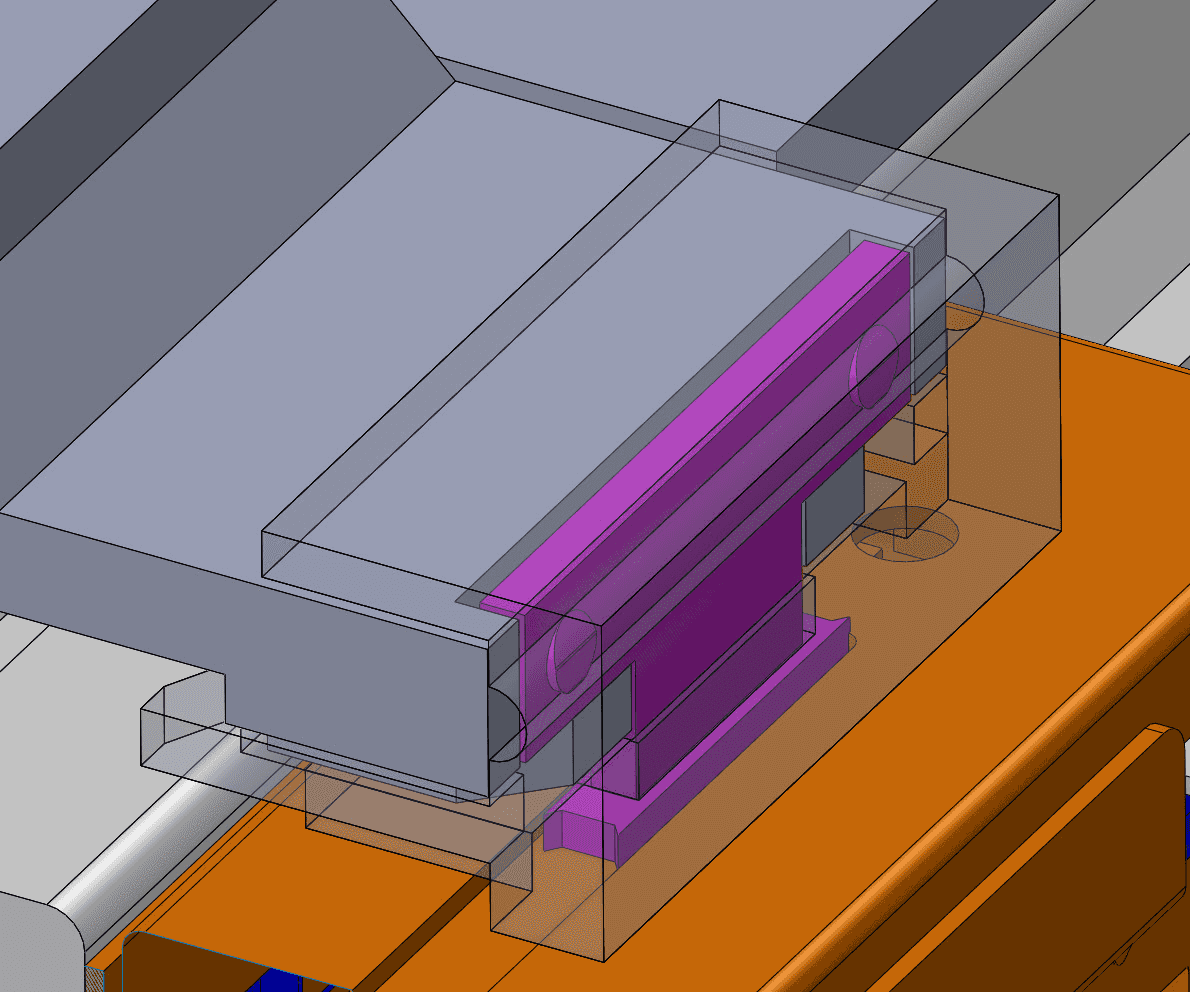
This small component that anchors the extension rod on the motorized slide potentiometer is surprisingly the most difficult one to design.
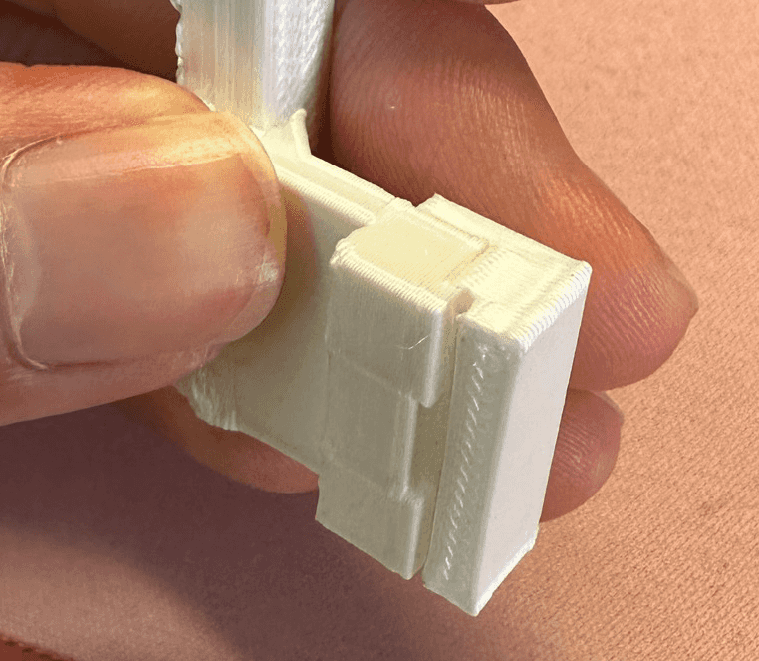
The original design requires adhesive to assemble, is very unstable and lacks pass-through for touch sensitivity wire.
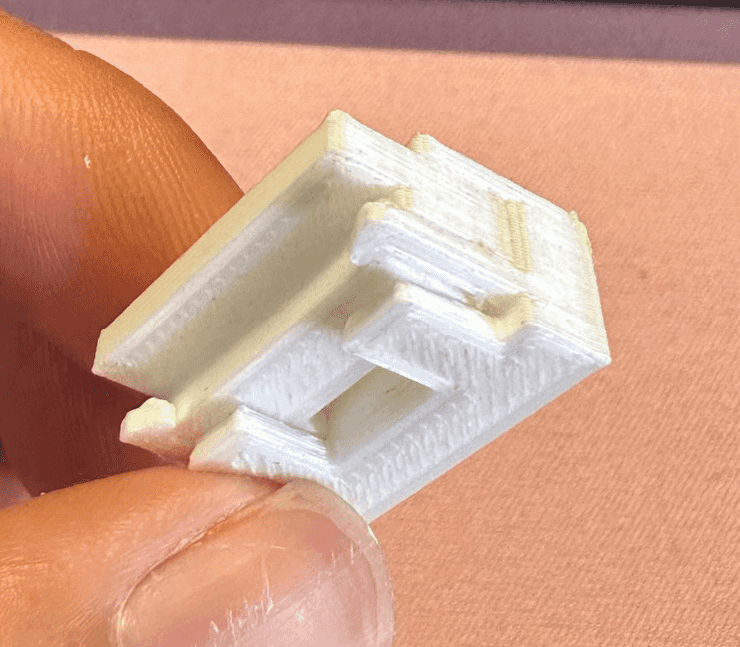
I tried six prototypes to arrive at this improved "snap" that only takes 3 seconds to assemble and is much more stable.
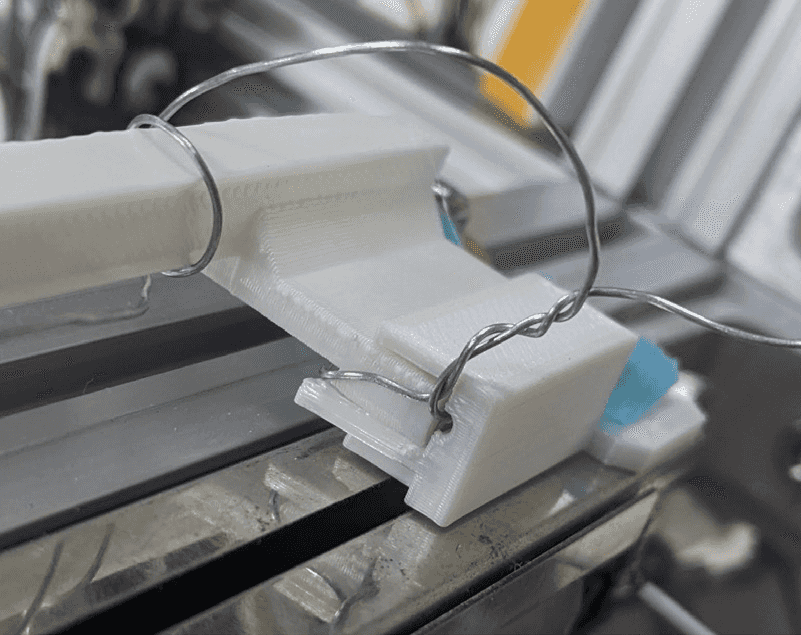
The finalized version adds pass-through for touch sensitivity wire and takes 20% less time to be 3D printed by improving the shape.
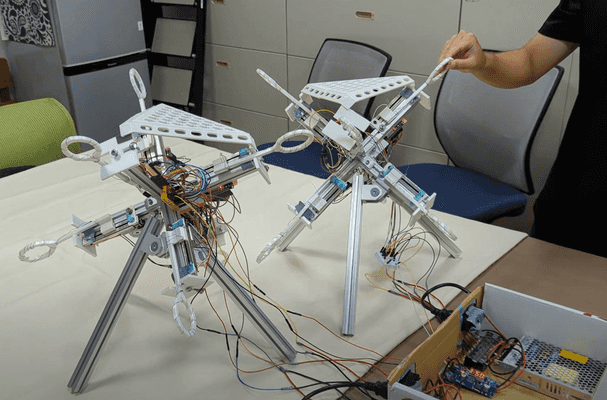
In addition to the appearance and mechanical design, I also designed its power supply circuit and laid out the control system architecture.
